|
Other files on this DVD : Old series, albums 1-6, different editions The index book of the new series All other material (coupons, advertising, history...).
|
Deutsche Ortswappen
The albums
Introduction
The first series was issued between 1913 and 1916 as Die Deutsche Ortswappen, but this name does not appear on the albums itself. The albums were issued as books per province. Due to the First World War only 6 albums were issued, and the first half of the stamps for album 7 (Schlesien) are known, but the album itself has not been issued. The first 4 albums have been reprinted, the fist album (Ostpreussen) has even 4 editions. On the backside of the stamps the name and description of the arms, as well as the number of inhabitants was given. The latter was taken from the census of 1910. All stamps also have a small advertising for Kaffee Hag. In many cases, when the description of the arms was short, additional (advertising) texts were published. All books were published by B. Heller in München, who also printed partly the first albums of the Swiss series. The books (or sheets in the new series) were not for sale in the bookshops, but had to be ordered at Kaffee Hag in Bremen for a number of stamps. Coupons for the stamps or for the books, were packed in the pre-packed coffee sold all over the country. See for examples the 'other material' file. The stamps were issued in sheets of 32 (8x4) stamps, see images below.     Click on picture to enlarge All stamps and books were published as a result of the initiative of the Brücke association. This was an initiative of Emperor Wilhelm II to make an archive of published material. At the same time the association developed standard sizes for publishing material. To promote their activities and their new standards, they encouraged companies to publish material in their standards. The Kaffee Hag company was one of the companies that agreed to do so. Hence the stamps are published in the so-called Weltformat V (or 4 x 5,66 cm), which is also printed on the back of the stamps. The books are published in the Weltformat IX (16 x 22.6 cm). In the end of the first album information on the Brücke association as well as the calculation of the standards is given.
   Different variations of the back of the stamps with and without reference to Die Brücke The images of the arms were drawn by Prof. Otto Hupp (1859-1949), who also was responsible for the heraldic description and the background of the arms. Prof. Hupp was a German graphical artist. His main working area was heraldry, yet he also worked as a typeface designer, created commercial symbols and metal works. In 1895 he started a series of books entitled Wappen und Siegel der deutschen Städte, Flecken und Dörfer (Coat of arms and seal of the German cities and villages), however of the originally 10 planned volumes only 5 were finished by 1928. These books were very exclusive, they were printed in editions of only 400 copies and sold for 60 Goldmark. Another important heraldic publication by Otto Hupp were the Münchener Kalender (Munich calendars), of which 51 issues were published in the years 1885-1936 (the issue of 1933 was omitted). Additionally to painting the existing coat of arms he also created new arms for (mainly Bavarian) municipalities. He also created the 1923 version for the state of Bayern (Bavaria), which however was replaced with a new version after World War II.
 Otto Hupp (Source : Otto Hupp, Meister der Wappenkunst 1859-1949. Bayerisches Hauptstaatsarchiv, 1984. ISBN 3-7686-3037-1) When Ludwig Roselius (the owner/founder of Kaffee Hag) and the Brücke initiated the idea of the heraldic albums, Otto Hupp was asked to make the images and texts. He agreed and to make a quick start, he used the images that he already had made for his book series, which were Ostpreussen, Westpreussen and Brandenburg (published by him in 1894), Pommern, Posen, Schlesien (1898) and Ober- and Niederbayern (1913). For his last book Rheinpfalz (1928) he used the images he made for the Kaffe Hag albums. All the images of the old albums bear the initials OH for Otto Hupp. The initials are printed in black, with the exception of numbers 192-223 that show either initials in blue, or no initials at all.
The new (second) series was published as Deutsche Ortswappen (Neue Reihe) between 1927 and 1938. There are several differences as compared with the old series issued between 1913-1918. The arms were numbered separately by state/province, not as a whole as in the old series. In most series the arms were published alphabetically. Still, due to later additions and changes of the albums, not all arms are in logical (alphabetical) sequence. For each province a special sheet with the arms of the province was issued as well. In the albums the name of the town was pre-printed, see image below: Click on picture to enlarge The images were again drawn by Prof. Otto Hupp, most images were identical. The initials OH were no linger used, with the exception of three stamps (see the Variation files), which exists with and without the initials. Like in the old series, the stamps contain the name and number of inhabitants for the town (this time from the 1925 census), the description of the arms and some advertising. When there was enough space, sometimes additional (advertising) texts were added. Sometimes these latter texts were added in later issues, which means that from the same stamp there are versions with and without the advertising, see the variations file . The stamps were issued in sheets of 18, see images below. An overview of most sheets is shown in the catalogue file. In the albums information on the town and the description of the arms is given and, unlike in the old series, also some explanatory notes on the background of the arms. There are no additional texts on the general history of the arms, or on heraldry, in the albums as in the first series or many of the foreign issues. However, there is one additional sheet on the series as such: Intro.pdf. Most of the stamps and the album pages were re-printed several times during the years, however, there is no clear overview of the number of pages printed or the number of editions. After the second world war, the company published between 1964-1971 a new series of 8 books. These books, written by Klemens Stadler and with new images by Max Reinhard, were not available through the normal bookshops. These books are not included on this DVD. The arms were already printed and were no longer collected.
 Click on picture to enlarge The books only dealt with the Bundesrepublik Deutschland (West Germany), which means that nearly half of the arms shown in the albums are missing. The following books were published:
An example of the difference in styles for the arms of Schongau (Bayern) :
Variations Towns also changed their names during the years, most commonly by the addition of the prefix Bad. This means that there are sheets and stamps with Ems and Bad Ems, Driburg and Bad Driburg etc. Finally some towns also changed the arms during the years. Many of these were added in the specially issued Additions and Corrections pages (Nachträge). Besides the variations mentioned above, there are many other variations known. In the "variations" files all of the variations known are described. Besides Germany, the company also issued similar albums in other countries. The series for Switzerland were also started before the First World War and were also restarted in the interbellum. All other countries started in the late 1920s or early 1930s. Only the Swiss series were continued after 1945 and were issued until the early 1960s. The following albums were issued :
In total around 125 different albums were published between 1914-1955. Albums for the Baltic states, Italy as well as a second album for Poland and an 11th for Germany were planned, but never issued. The French series stopped after 6 albums of the planned 40. More than 12500 different stamps were issued, making it the largest heraldic publication of the 20th century. Due to political changes the arms represented in the albums are now in 28 different countries. This includes Indonesia and Surinam, which were represented in the Dutch albums. Countries represented:
The main source for the material on this DVD comes directly from texts in the albums, the promotional leaflets, letters from Kaffee Hag etc. Otto Hupp, Meister der Wappenkunst 1859-1949. Bayerisches Hauptstaatsarchiv, 1984. ISBN 3-7686-3037-1 Other sources include the bookseries from Otto Hupp and Stadler. Other useful material has been provided by: |
  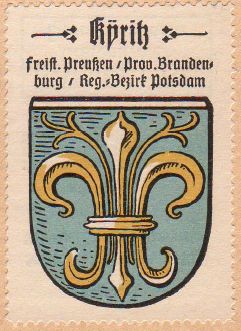 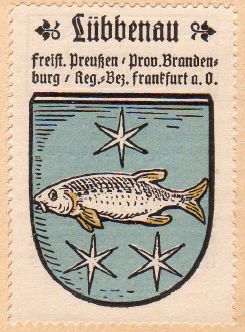 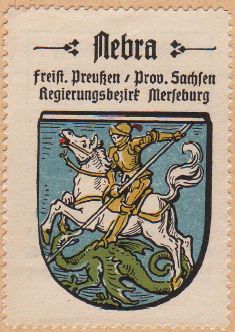 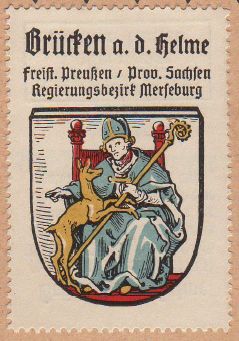 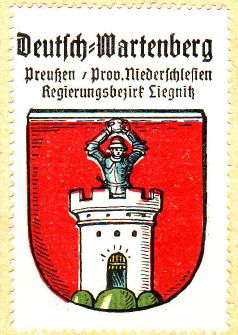 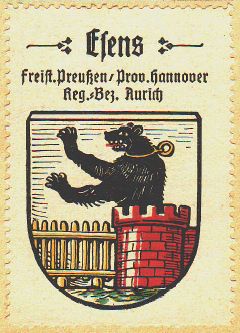 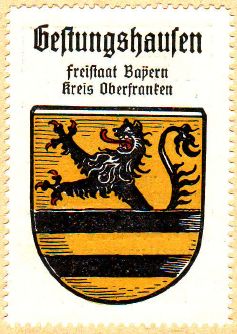   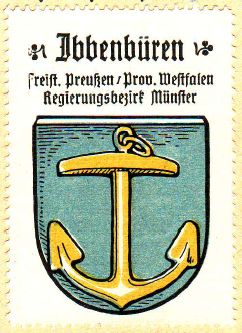 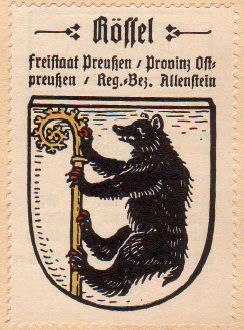 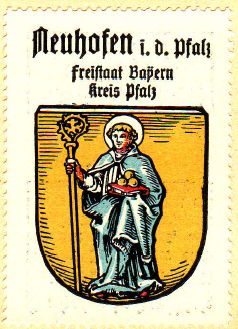 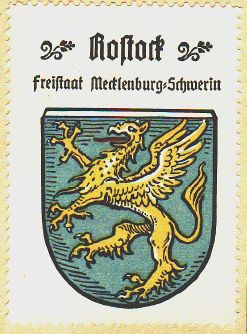 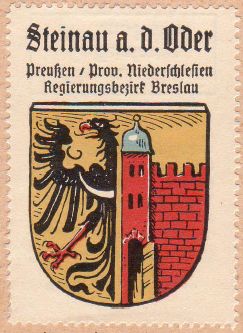 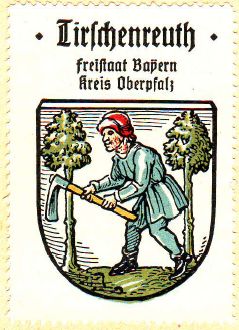 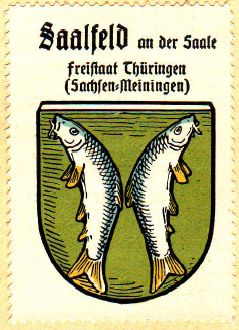                |
||||||||||||||||||||||||||||||||||||||||||||||||||||||||||||||||||
|




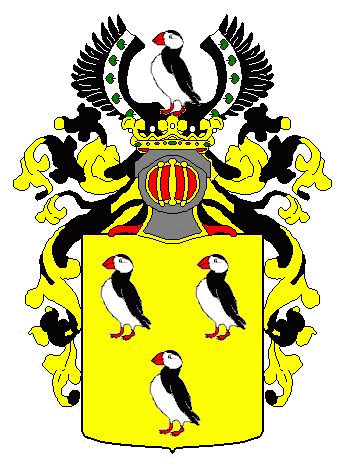 (c) Heraldryshop.biz, 2007
(c) Heraldryshop.biz, 2007